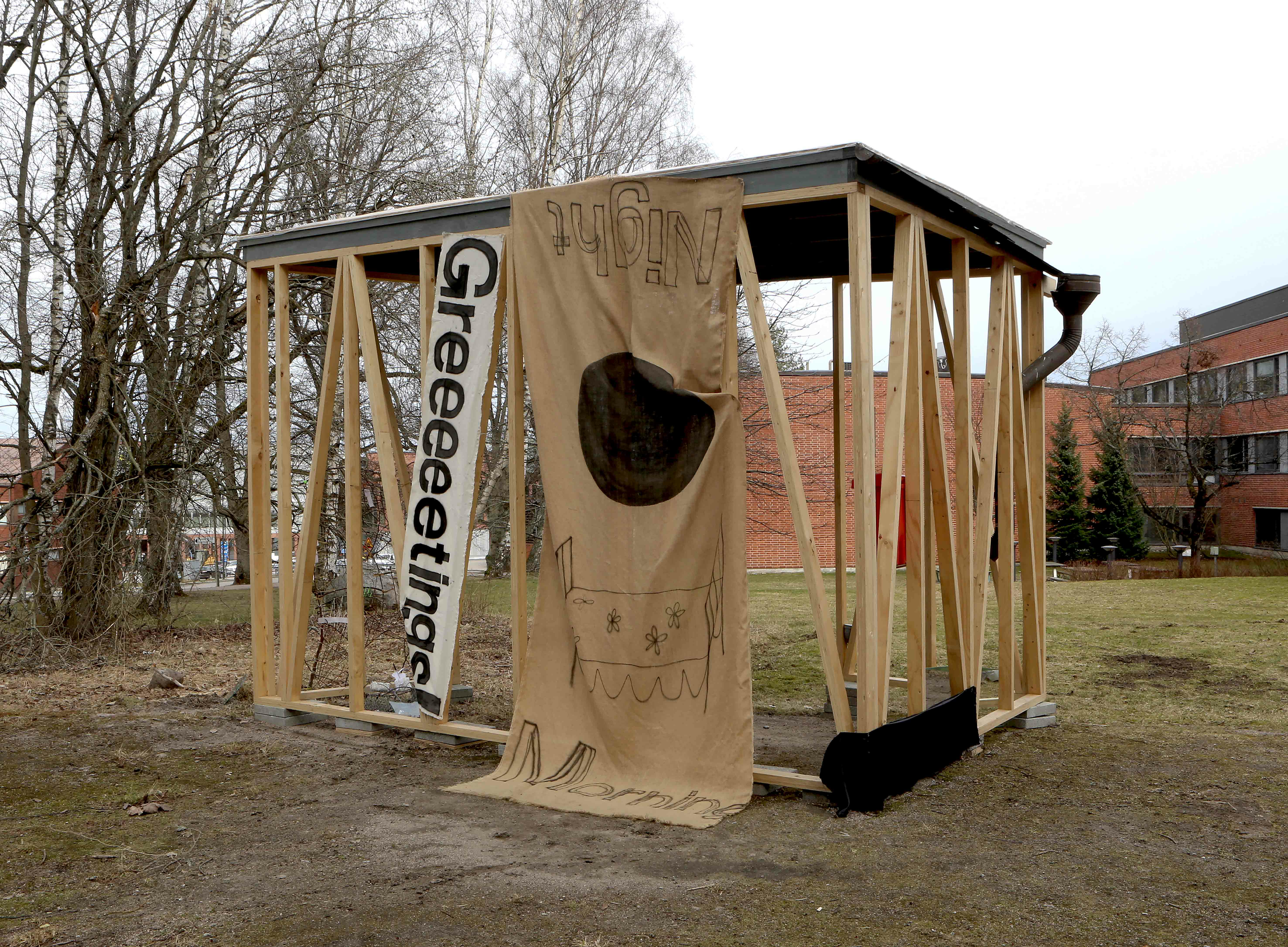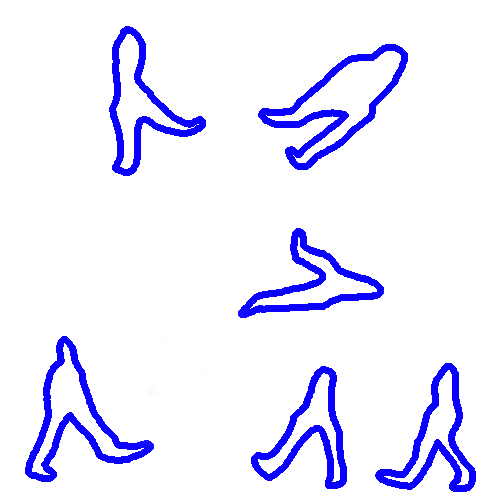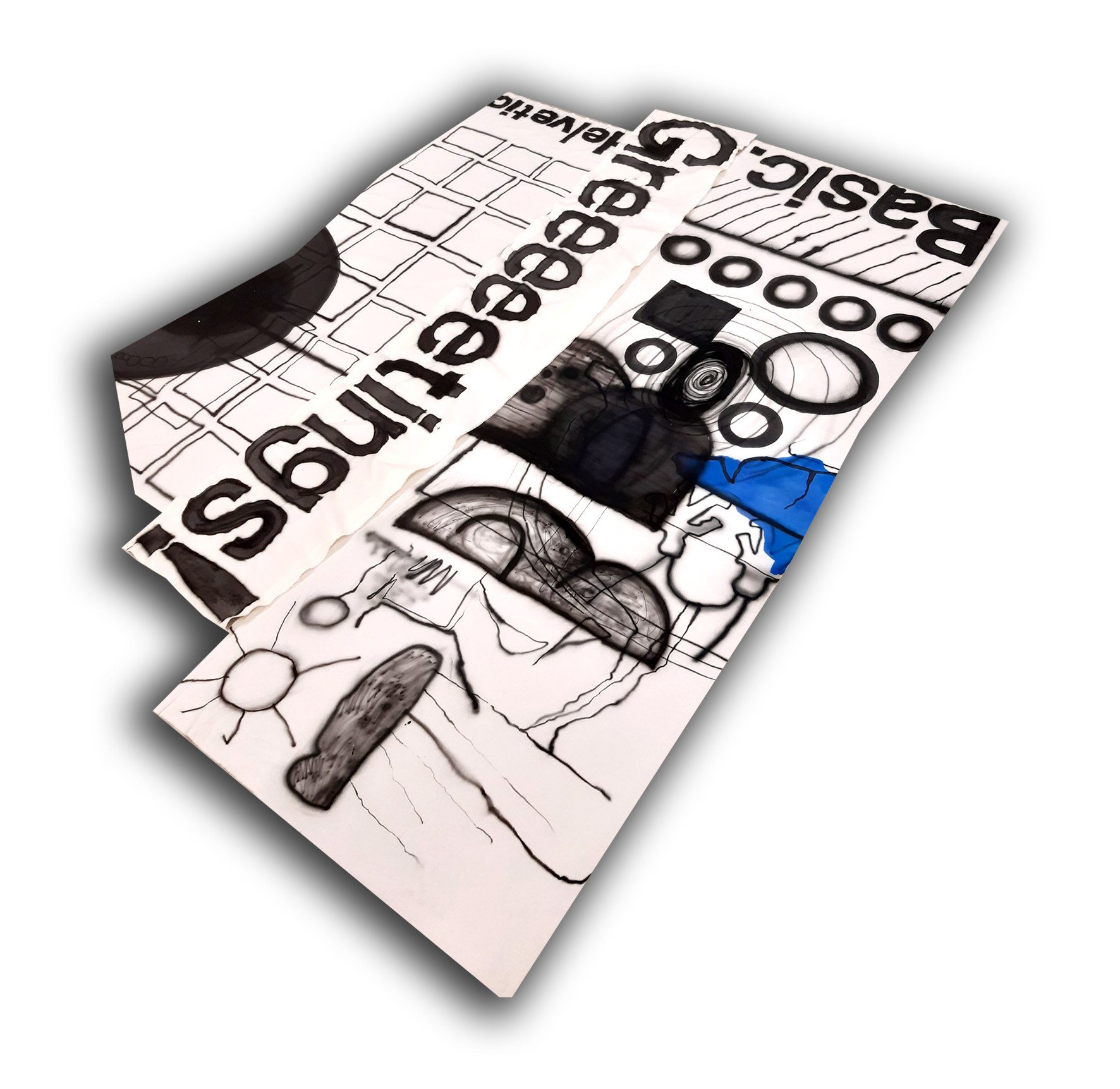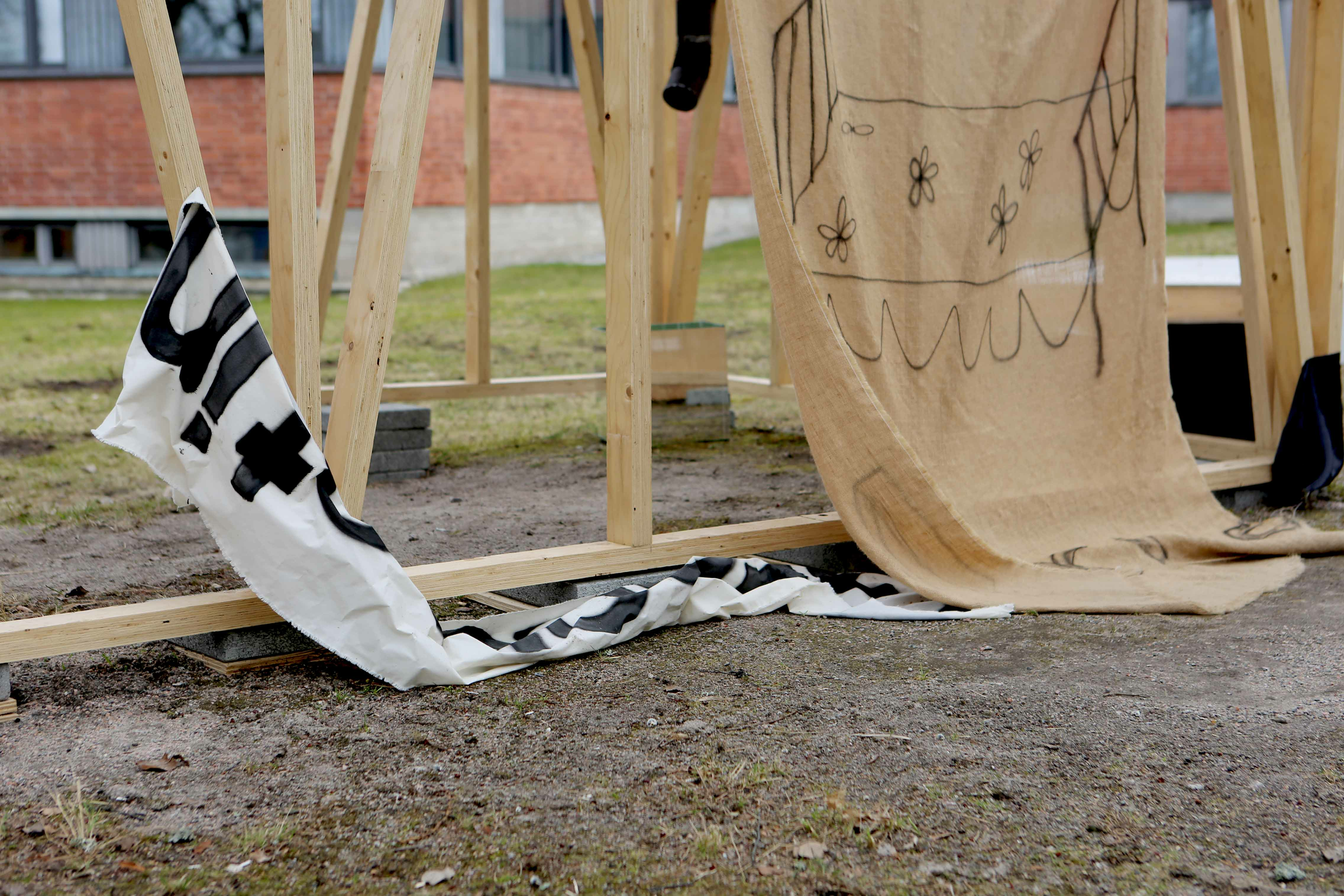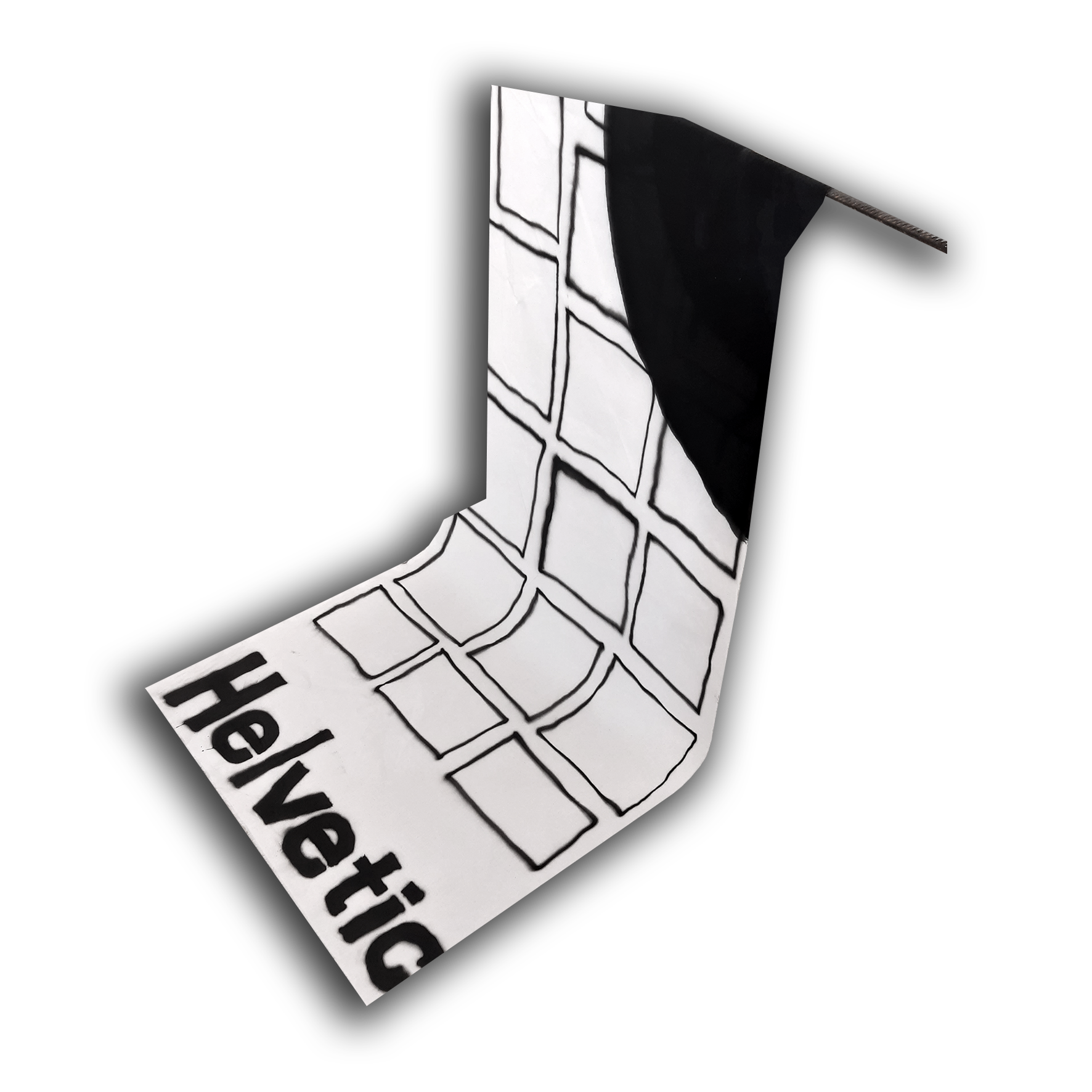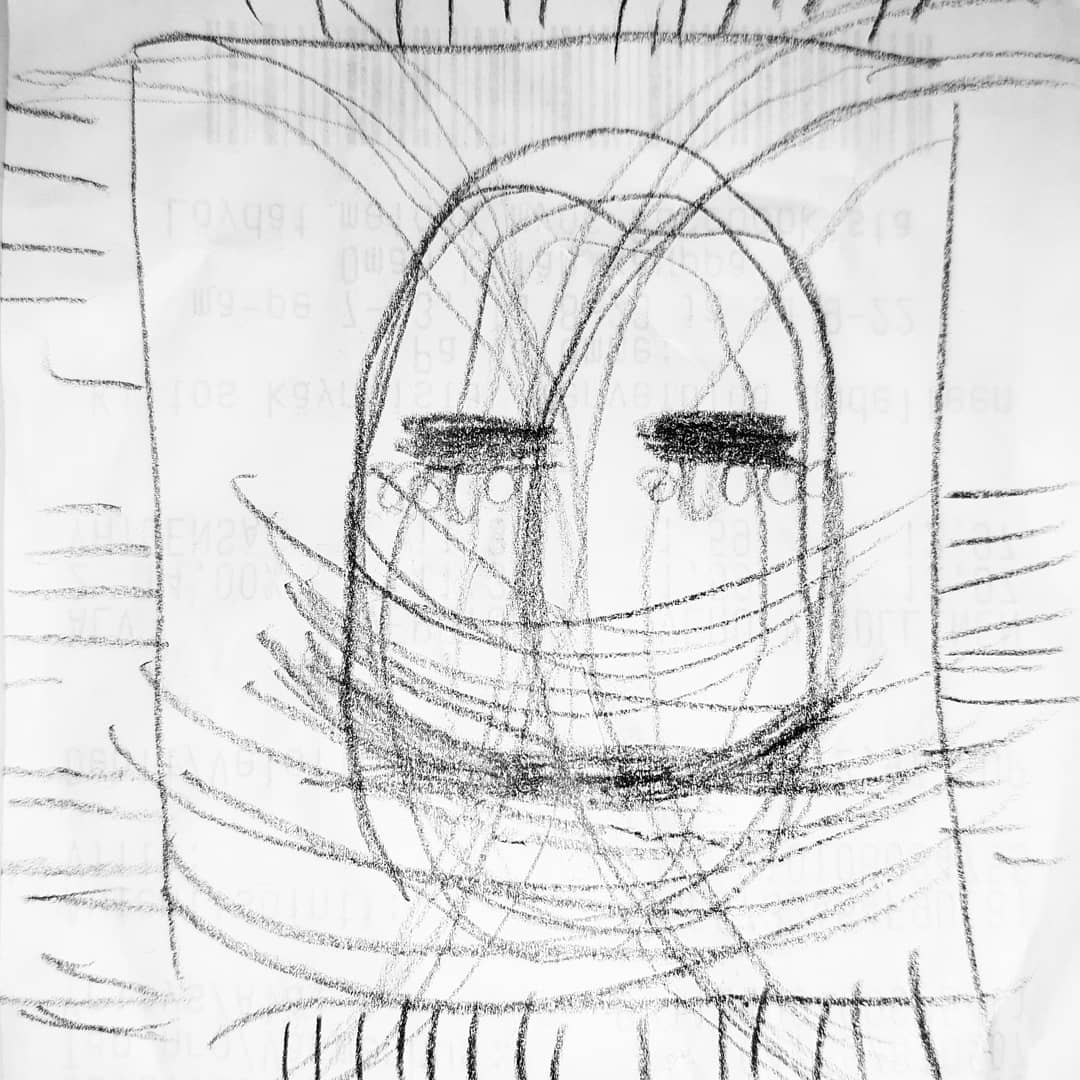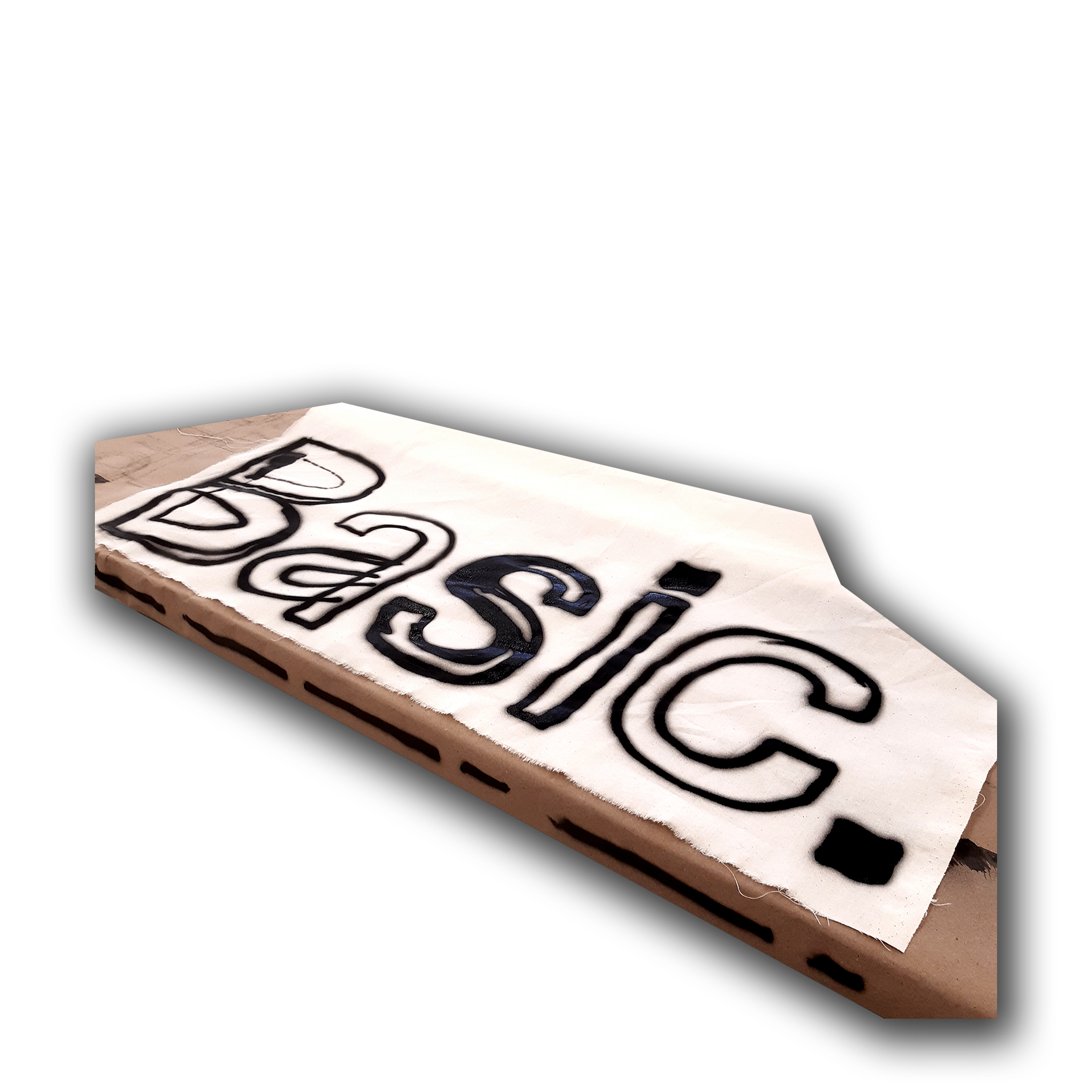However, it is curiously 'worldly minded', and turns the world into a caricature of itself.
[...] Only partially technicized, everyday life has not created
its own specific style or rhythm.
scrutiny of these hypotheses and this problem is part
of the sociology of boredom ... [...]
Although we would tend towards the second of these hypotheses,
it is still too early to reach a decision;
these faces and scenes fade away; they become forgotten, dying their own social death, and are dead for ever;
Abstract
The aim of my research is to explore the borders of peripheries of boredom by using different methods of drawing. The exploration focuses on the concept of boredom and its stereotypical associations. In order to see this, the meaning of boredom needs to be understood. Is everything that is boring supposed to look boring? Or is it more about the feeling of boredom - how does it feel? I hope this research will also be seen beyond the stereotypical ideas of boredom - even though they are a key element in my research process.
Introduction
"The modern concept of boredom started developing at the
end of the 18th and beginning of the 19th century, within the
same time as the growth of industrialization and consumerism. The word boredom is not found in English before the 1760s, since then the use of it has increased." x
At the beginning of my research process, I was interested in exploring the boredom and everyday life. The topic was familiar to me as I've used in my previous bachelor thesis. There, I started to ask what is boredom, why are we bored and how does it feel when one is bored. Is it purely an experience of doing nothing or is it more of an existential feeling? In general, people don't want to be bored. It is seen as a negative feeling. If boredom didn't exist as a word before industrialization, what did we feel back then? Or was it more acceptable to feel bored?
"A German word Langweile was used a couple decades earlier but it was used to describe a long period of time, not experiencing a time. In French, there had been a term called ennui since the 13th century. It meant 'a feeling of weariness and dissatisfaction'" x
There is something about boredom that interests me. The idea of boredom is nothing but boring. Things that are seen as boring makes them interesting. On my research, I started to think visuals that are boring. (Of course these are subjective, so I'm basing my assumptions on the ideas I've come across in my life.) If something is called basic they are ordinary, boring. Helvetica is boring. Greetings are boring. Black color on white paper is boring. Minimalism is boring. Repetition is boring. Producing something that is boring will look boring.
Not to provoke any feelings is boring.
Boredom doesn't make us feel anything but at the same time we feel it, the dullness of nothingness, the boredom.
Everyday life, an idea that can be seen as stable, repetitive, predictable, boring. It is the life we live every day in a modern society filled with technology and distractions. The day is a cycle that starts and ends. Besides ones different daily activities, the sun is dividing our days. I started to think about greetings that are based on time. They are so normal and even universal. Good morning, good day, good afternoon, good evening, good night. Is there a way to explore this into a visual form?
The process and methodology
As I started to follow these ideas, I began to think how to research everyday life with an artistic method. Not being able to control the material somehow led me to use equipments in a way that doesn't allow me to be precise. The method relates to everyday life as one cannot control it either. They both are based on instinct. To me the aim to paint directly on linen emphasizes permanence of the moment. Techniques that allow accidental drops of paint to spread on unplanned areas create uneven results. In contrast, these results are thorough in their randomness so that it becomes a part of a process with experimentation.
Even if the idea of my process was somewhat clear in my mind, it wasn't as easy to transfer onto the empty linen. I was reading Stig Baumgartner's doctoral thesis and found similar thoughts as well.
"Pyrkimys maalata abstrakti teos vaikuttaa kuitenkin paradoksilta: miten siis maalata ei-esittävä, näkymätön, henkinen tai idea, tai miten maalata tai piirtää jotain ilman merkitystä?"2
"The aspiration to paint an abstract artwork seems paradoxical: how to paint non-figurative, invisible, spiritual or idea, or how to paint or draw something without a meaning?"
Even though my aim wasn't necessary to go into abstract visualizations, I was still faced with the same problem of non-abstract forms. If going back to my former questions on how does boredom look, I'm thinking should I follow my stereotypical ideas of it or try to capture the feeling of boredom. This question still haunts me. To use boring elements, lets say squares and circles and draw them into a canvas seems an easy way. Is the research process then concluded? Then again there are other issues that are related towards the chosen shapes. Why circle? Why is it boring? Is it the perfection of it or its commonness? Is perfection boring? For these questions there was only subjective answers. A certain loop of thinking was still there.
Below there's an image showing the process of my work. The doing led me away from the idea of a perfect circle as I started to follow my intuition. Good day! led me to think a sunny day, a naive happiness on evergreen fields. The image is used so often it becomes a boring example. Still, there is something else. It is an image that reflects the perfection on an ideal level. Even though it consists of several elements that can be drawn in different styles, it delivers the same message.
Conclusion
The process didn't really give me any direct answers. It gave me an idea of what it could be to illustrate boredom and what are things related to it. During the time I was working I started to be drawn more into the materials and the line work of the illustrations. It led me into a new are of research. I started to analyse my own working in a way that I haven't done before. Why do I think this is boring or should I leave that approach behind and follow my intuition? As intuition being a strong method that I used, I had to be analytical at the same time. I had to choose the element I would put on the final exhibition. Even though there is a feeling of what is right, it is still a process of analysis.
On my final work I decided to show the most essential pieces. The greetings was a funny way to introduce the story for viewers. Its literal language gives clues of what the work might be about without explaing it and leaving room for interpretations. Together with the bigger raw linen they had a connection that felt natural. In a way I see them complementing each other. There also was an idea to make evething into a classic painting canvas but then the interpretation would have been totally different. I didn't want the process to be seen as paintings eventhough I was somehow painting it. I wanted it to flow in time as does every day.
I feel that for future projects if I started to reseach the line techiques and materials of painting and drawing, the natural way would be to make them onto a classic canvas. But it also would need a thought of how to place them into the exhibition place. These are only thoughts that I started to think as this research process is finished. Personally Baumgartner's book gave me a lot of material to think outside of this project. Perhaps its sources will lead me forward.
Click to play Click to play Click to play Click to play Click to play Click to play Click to play Click to play Click to play Click to play Click to play Click to play
Notes on final work
On the bottom, there's a final image and video of the work. I installed it in a way that allow foldings to emphasize the imperfections, without trying to reach the perfection. The fabric stays on the ground and moves freely. It allows the ground's everydayness effect it and leave traces of small erosion. I find it interesting to think that if the work was hanged there over a year, how would it look after? Would the piece on ground be completely destroyed, or would the nails that hold it on the wood rip the fabric?
It almost kind of happened. After I had installed everything to Matter there was a two-three day storm in Helsinki. The wind was blowing so strongly I was sure my work would collapse. I went to check everything on afterwards. I thought the bigger piece would have been ripped but it was steadily hanging there. However my greeeeetings were ripped off the nails and on the ground. It could have been a possibility to leave it on the ground - to let everyone see the effects on having an exhibition outside. I then felt it wasn't yet its time to be abandoned, so I hammered it back with few extra nails.
What I really appreciated after seeing the work after rain was that it somehow felt more natural. As if the fabrics were more in touch with its surroundings. I would like to see the fabric getting frozen and buried by snow in early winter. It would then create totally new approaches to the process and new meanings. The idea interests me. Perhaps I could do new experiment with it in the future.
Testing looping animations to underline the visuals of boredom.
This circle was first thought to be a part of my final installation but then left out.
Boredom
Loop
Uncontrollable material
RANDOM
Loop
Grey
Repetition
Abstraction
Figurative
Intuitive
Primary colors
Circle
Square
Triangle
Basic
Fabric
Everyday life
Days
Weekdays
Acknowledgements
I want to thank my teachers of this course Iisa Ikonen, Maiju Loukola and Jyrki Pylväs for their supportive feedback, critique and ideas during the process. I also want to thank Pia Euro who curated the Matter exhibiton with Tanja Kiiveri, for her feedback on my ideas.
Besides them I want to thank students Sanni Giordani, Titi Honkanen, Mika Kivinen and Virpi Nieminen, who took part on the same course, for their reflective feedback and ideas.
---------------------------------------------------------------------------
This project was organized by Aalto University together with University of Lapland and University of the Arts Helsinki.
Experimental Scenography Workshop that explores the Peripheries in Parallax. Exposition is based on an artistic research that was done between 05.10.2020-10.04.2021.
Peripheries in Parallax: BRAVE NEW PERIPHERIES is organised by the four-year “Floating Peripheries – mediating the sense of place” artistic research project funded by the Academy of Finland (2017–2021).
